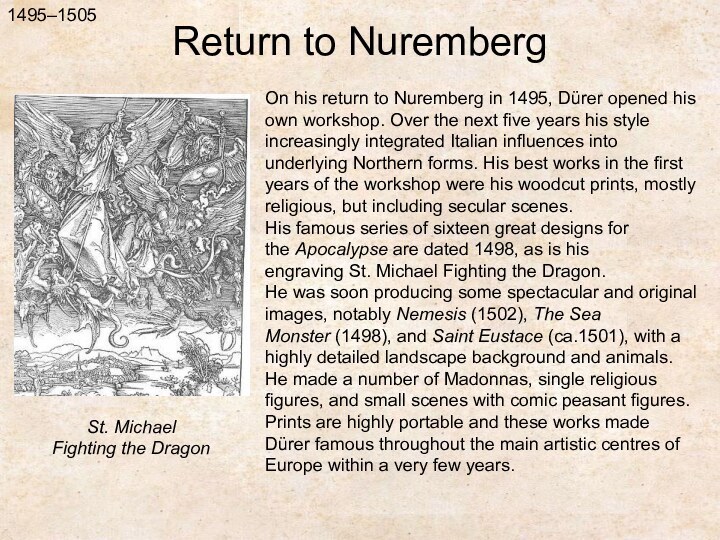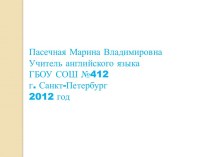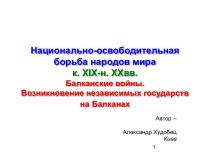Nuremberg by mid-1507, and he remained in Germany until
1520.
Between 1507 and 1511 Dürer worked on some of his most celebrated paintings: Adam and Eve (1507), The Martyrdom of the Ten Thousand (1508), Virgin with the Iris (1508), the altarpiece Assumption of the Virgin (1509), and Adoration of the Trinity (1511). During this period he also completed two woodcut series, the Great Passion and the Life of the Virgin, both published in 1511 together with a second edition of the Apocalypse series.
Other works from this period include the thirty-seven woodcut subjects of the Little Passion, published first in 1511, and a set of fifteen small engravings on the same theme in 1512. In 1513 and 1514 Dürer created his three most famous engravings: The Knight, Death, and the Devil (1513, probably based on Erasmus's treatise 'Enichiridion militis Christiani'), St. Jerome in his Study, and the much-debated Melencolia I (both 1514).
1507–1520
The Adoration of the Trinity
(1511)
Kunsthistorisches Museum,
Vienna











































